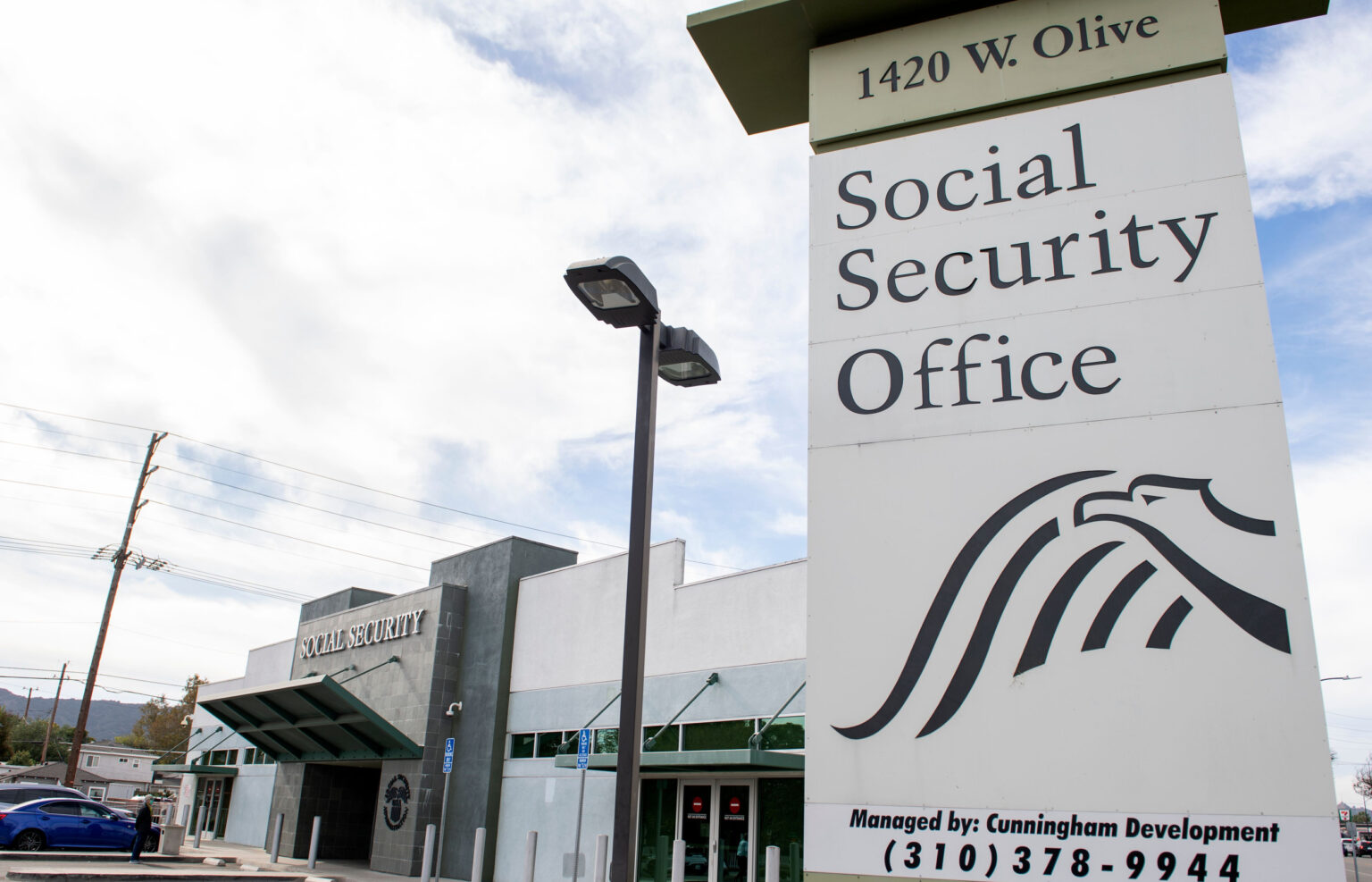In roughly 20 days, some Social Security recipients could experience wage garnishment as a higher Social Security claw back rate returns.
Roughly 2 million Americans owed money to the Social Security Administration due to overpayments in 2023, according to KFF and Cox Media group. Starting July 24, the higher wage garnishments will go into effect until the full overpayment has been resolved.
Why It Matters
President Donald Trump has implemented a wide range of changes to the Social Security Administration (SSA).
In addition to ending the use of paper checks by October, Trump also appointed former Fiserv CEO Frank Bisignano as the new SSA commissioner. The Department of Government Efficiency also instructed the agency to cut 7,000 SSA jobs.
For beneficiaries who have been mistakenly overpaid, losing Social Security benefits could have severe consequences on their ability to pay for basic necessities.
Roughly 21 percent of married couples and 45 percent of single recipients rely on Social Security for 90 percent or more of their income, according to SSA estimates.
What To Know
In some circumstances, the SSA overpays Social Security recipients due to either miscalculations on their part or the recipient failing to update their earnings information.
In March, the SSA said it would be bringing back its 100 percent claw back rate for Social Security recipients who were mistakenly overpaid by the government. During Joe Biden’s presidency, that rate was set at 10 percent to allow seniors more breathing room to pay for their basic necessities.
However, the SSA updated that garnishment rate to 50 percent in April.
“When we determine an individual receiving Title II benefits is overpaid, we send them a notice requesting a full and immediate refund and inform them of their right to request reconsideration or a waiver of recovery,” the SSA said in April. “We usually provide 90 days for the individual to request a lower rate of withholding, a reconsideration, or waiver.”
The 90-day period from the SSA’s statement on April 25 ends July 24, meaning more than a million recipients could see their payments impacted.
However, those who have been overpaid can file for an overpayment waiver.
Form SSA-632BK asks for forgiveness for the overpayment if it was not your fault and it would create financial hardship. To get this approved, you’ll need proof that repaying the money would create a significant hardship.
Beneficiaries can also file Form SSA-561 to appeal the claim you were overpaid.
Newsweek reached out to the SSA for comment via email.
What People Are Saying
Kevin Thompson, the CEO of 9i Capital Group and the host of the 9innings podcast, told Newsweek: “Most recipients don’t realize they’ve been overpaid until they receive a letter from the SSA. Without regularly reviewing your earnings history and benefit statements, overpayments can go unnoticed. Even if the error wasn’t your fault, you’re still responsible for repayment—unless you appeal, request a waiver, or set up a payment plan within the 90-day period.”
What Happens Next
The loss of income could be dire for many Social Security recipients who rely on the benefits for most if not all of their income.
A recent report from Gallup found 86 percent rely on Social Security as a “major” or “minor” income source.
“The consequences can be significant, especially for retirees living on a fixed income. With inflation still elevated, a 50 percent reduction in benefits could severely impact housing, food, and healthcare,” Thompson said. “For many, Social Security is their only source of income—making these garnishments potentially devastating.”
Read the full article here

